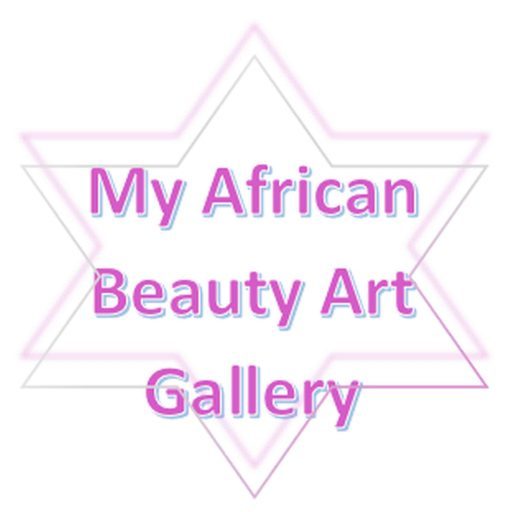The Bangubangu Tribe The Bangubangu, also known as the Bangu-Bangu or Bambenga, are an ethnic group primarily residing in the Democratic Republic of Congo (DRC). Here are some key facts about the Bangubangu tribe: Location: The Bangubangu people are primarily found in the Equateur Province of the DRC, specifically in the northern region near the …
Continue reading Bangubangu
Tag:YOMBE
Bembe
BEMBE The Bembe tribe is an ethnic group predominantly residing in the southeastern region of the Democratic Republic of Congo (DRC), near Lake Tanganyika. Here are some key facts about the Bembe tribe: Location: The Bembe people primarily inhabit the territories of Uvira, Fizi, and Itombwe in the South Kivu province of the DRC, near …
Continue reading Bembe
Holoholo
Holoholo TYPES OF ART The confluence of ethnic groups that resulted in Holoholo identity is reflected in their art, which incorporates many diverse styles. Elements of Luba and Tabwa styles are both apparent. A few figures attributed to the “master of slit eyes” represent the best known Holoholo art objects in museum collections. HISTORY Holoholo …
Continue reading Holoholo
Luba
LUBA TYPES OF ART The iconographic representation of women in Luba sculpture is widespread and correlates to the important role of women in Luba society. The Luba are best known for their stools, mboko (divination bowls), beautifully carved bow stands, and lukasa (memory boards). HISTORY The relentless expansion of Luba empire can be traced as far back as 1500, …
Continue reading Luba
Luluwa
LULUWA TYPES OF ART Luluwa are known for their sculpted statues marked by intricate scarification patterns and their finely carved utilitarian objects, including hemp pipes. They also carve several mask types used in initiation. HISTORY The Luluwa are closely related to the Luba Kasai and migrated along with them in the 18th century following an …
Continue reading Luluwa
Ngbaka
NGBAKA TYPES OF ART The most common forms of sculpture center around representations of Seto and Nabo. Often they are portrayed with a heavy ridge of scars which bisect the forehead vertically. The Ngbaka also carve several types of masks and numerous utilitarian objects. HISTORY The Ngbaka arrived on the Gemena Plateau in 1920. They …
Continue reading Ngbaka
Nkanu
NKANU TYPES OF ART Nkanu art styles are very similar to their Yaka and Lula neighbors. They carve wooden masks that are used for ceremonial purposes and anthropomorphic wooden sculptures. HISTORY Nkanu peoples live in an area of central Africa that is rich with historical narratives and events. They are situated between Kongo and Yaka …
Continue reading Nkanu
Yombe
YOMBE TYPES OF ART Some of the most spectacular Yombe pieces are the nkisi nkonde figures described below. They also carve masks and drums to be used in initiation ceremonies. Everyday objects such as combs, staffs, and fly whisks were often carved with figures as a display of wealth and power. HISTORY Yombe history indicates a southward …
Continue reading Yombe
Zande
The word azande means “the people who possess much land.” This relates to their history as conquering warriors. The Zande migrated during the 18th century from Sudan to the northern part of the Democratic Republic of the Congo, settling on the banks of the Uele River. They live also in the Central African Republic and the Sudan. …
Continue reading Zande
